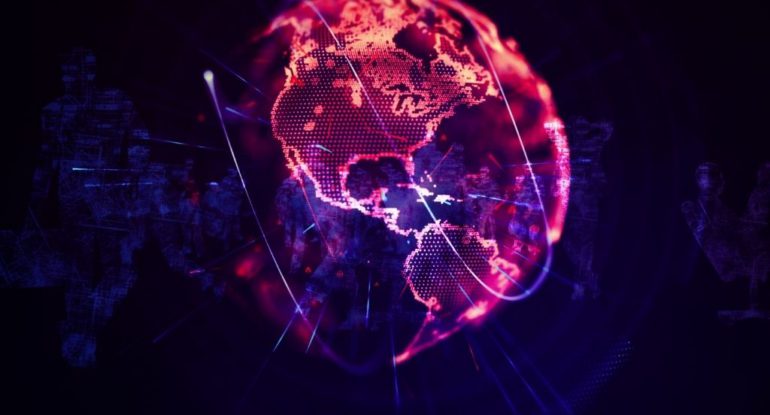How NFTs are Reinventing the Digital World

The prices for digital arts sold as NFTs are skyrocketing. Christie’s auction for the digital artist, Beeple closed on the final bid of $69 million. The ferocity with which the industry has evolved is shocking. The number of wallets purchasing NFTs, the number of transactions of NFTs across the board, and the prices for NFT artists have all gone up. Many companies are betting that NFTs will enter the video game world in a big way, which, if successful, could open NFTs to a massive new audience and forever change the way we value digital objects.
Also, read – Four blockchain businesses to keep an eye on in 2022
Role of blockchain in the digital world
Tokenizing or minting is the process you can go through via blockchain to create a record of scarcity. Through blockchain technology, digital objects, like a JPEG file or a virtual sneaker, or even a meme that you’d typically think about as infinitely reproducible can now be made scarce. In the blockchain, you can enter into a ledger with only 1,000 versions of this digital object, 100, or even just one. You can take something that was infinitely replicable and give it artificial scarcity. Only the holder of the NFT can own the item and choose to resell them in exchange for cryptocurrencies.
The latest update for #Cigniti includes “How NFTs are Reinventing the Digital World” and “Different Aspects and Success Factors of ISO 20022 Migration”.
#Testing #DigitalAssurance #DigitalFirst https://t.co/F43xulE00u— OpsMatters (@opsmatters_uk) July 1, 2022
Apart from digital artworks and games, various other sectors are also finding applications for NFTs. People are connecting houses, physical paintings, and even portions of an entire soccer team in a Mexican soccer league to NFTs.
Challenges in the industry
Growing the market for NFTs currently can come at some pretty high costs. Each transaction requires a ton of energy from computers worldwide, potentially resulting in increased carbon emissions. Although the Ethereum network is hard at work reducing this overall energy consumption, it remains too high to support a scaled version of this model.
Blockchain doesn’t make digital objects better. This technology’s ability to ignite a community is powerful and exciting. If you build the right neighborhood, your digital things will be valuable within that community, and people will want to hold them and trade them with each other.
For many, spending $69 million on a Beeple’s piece or $120,000 on a banana duct-taped to a wall is outrageous. Value for things that have no use-value is entirely the result of perception. A Picasso is just oil paint on canvas. It does not do anything but is valuable because we, as a society, have decided it’s practical. So, depending on the community’s choices, NFTs could become a brief, weird piece of history or an integral part of how we engage with each other and companies.



























































